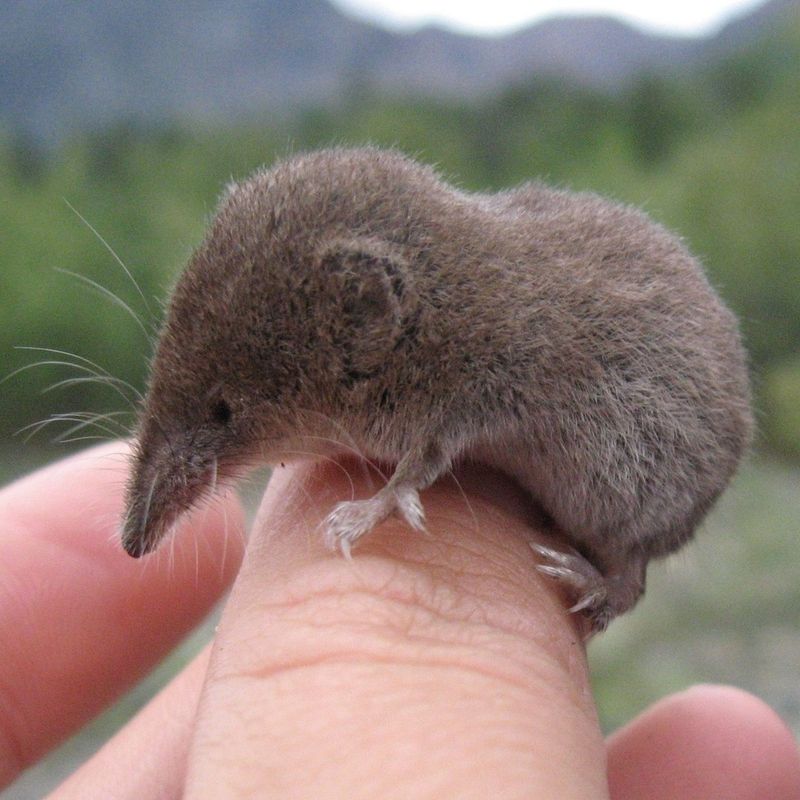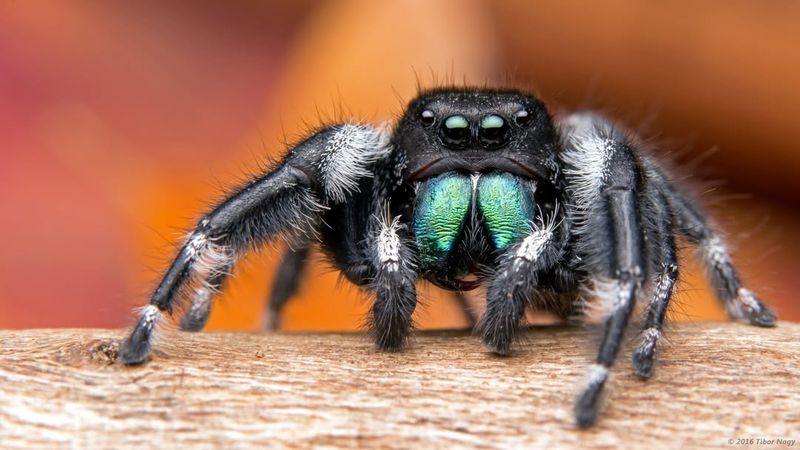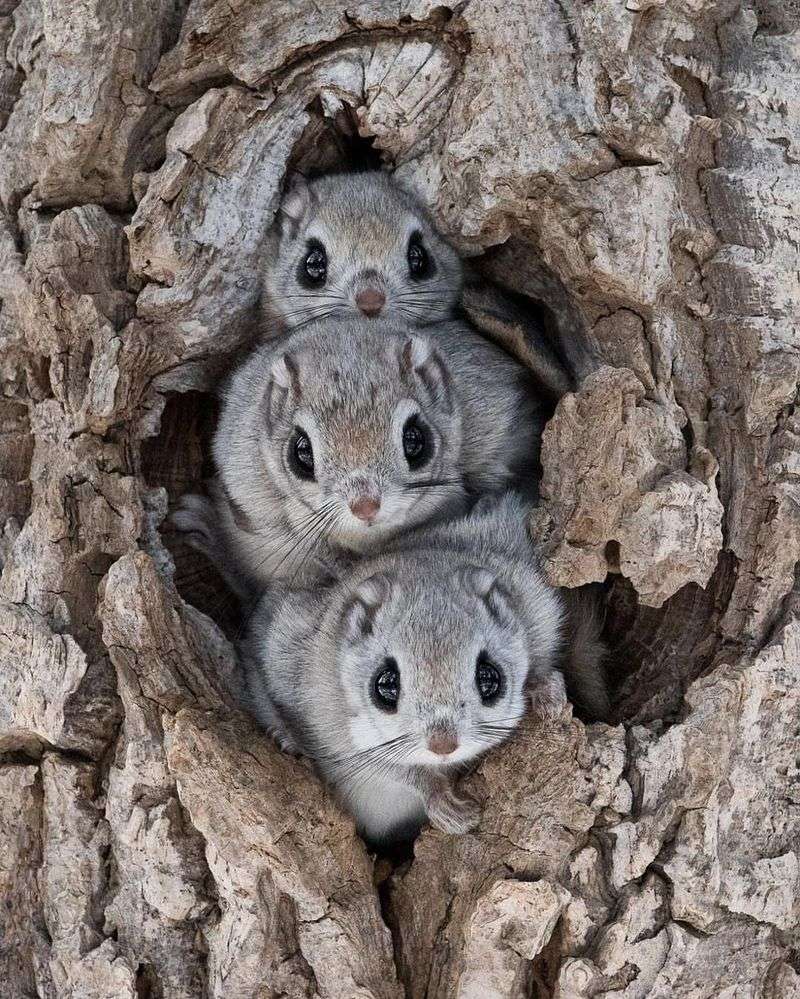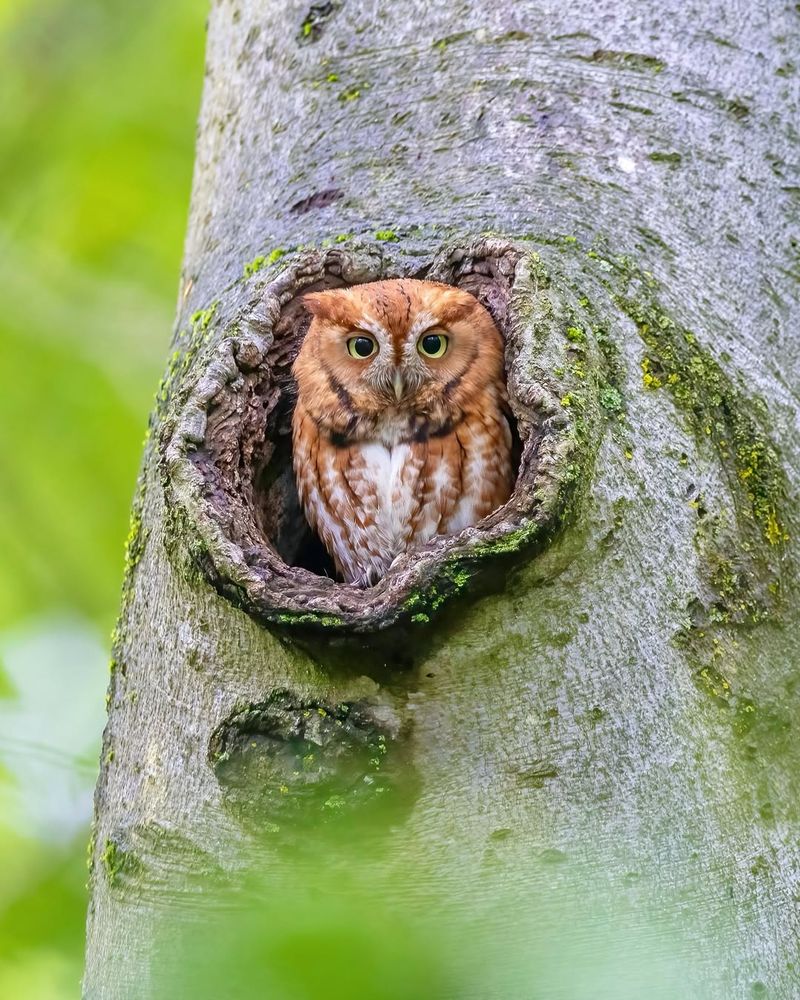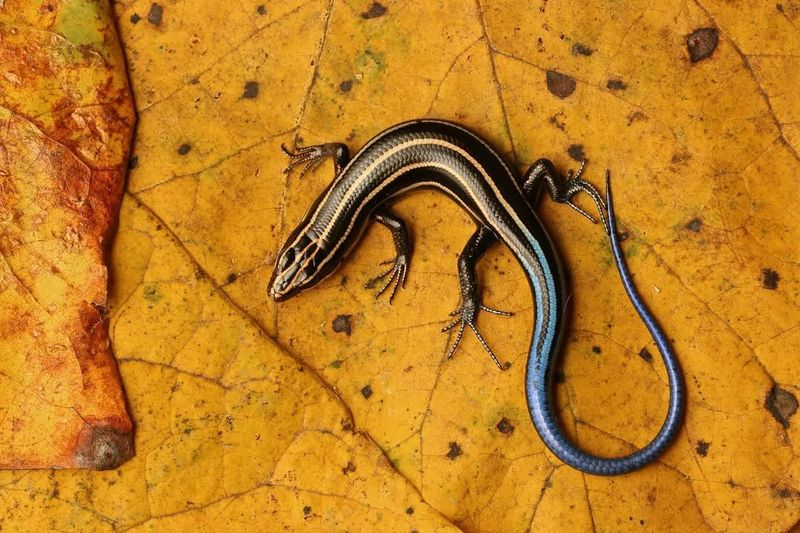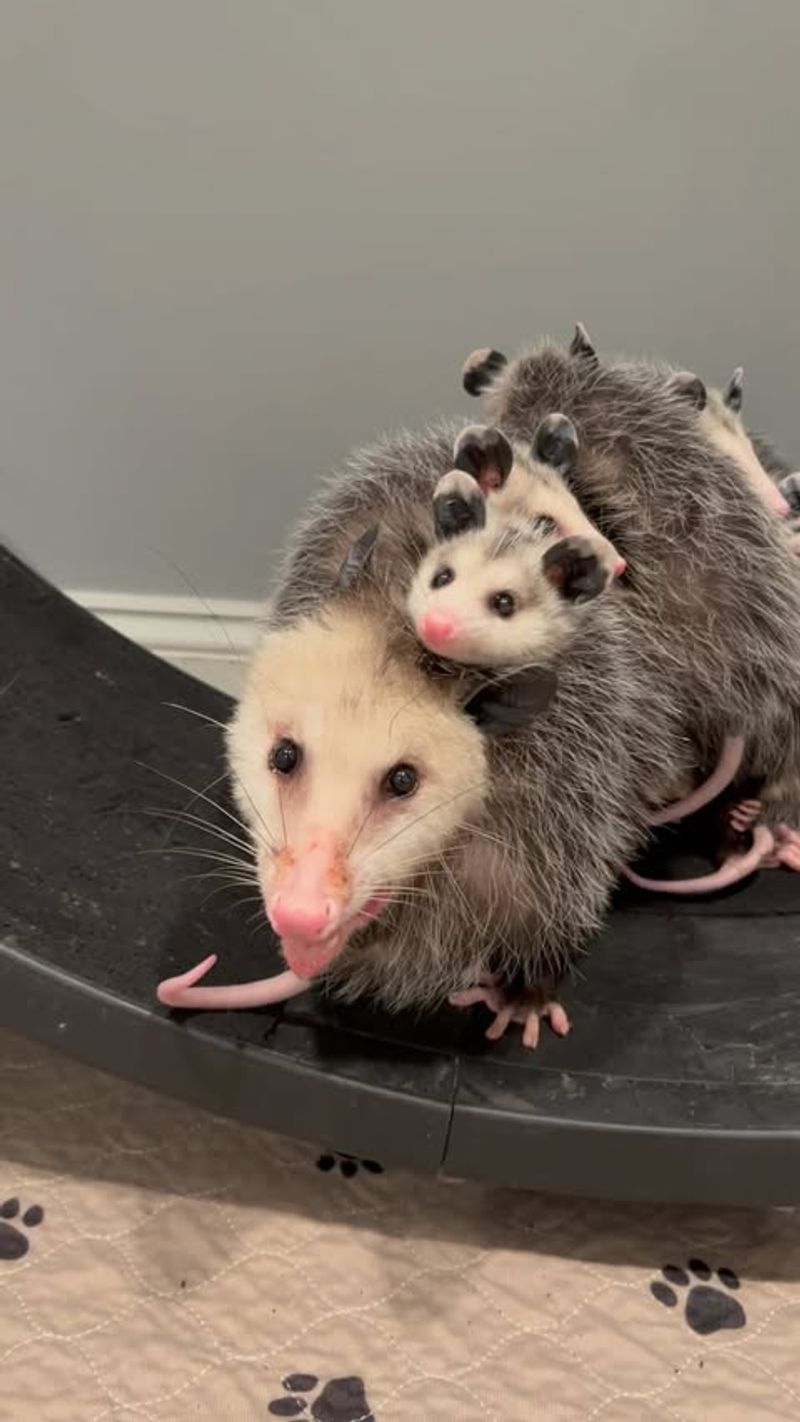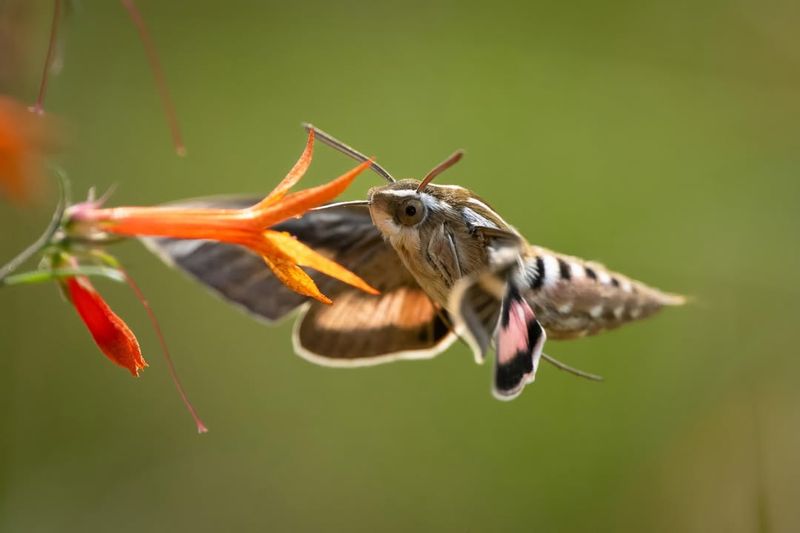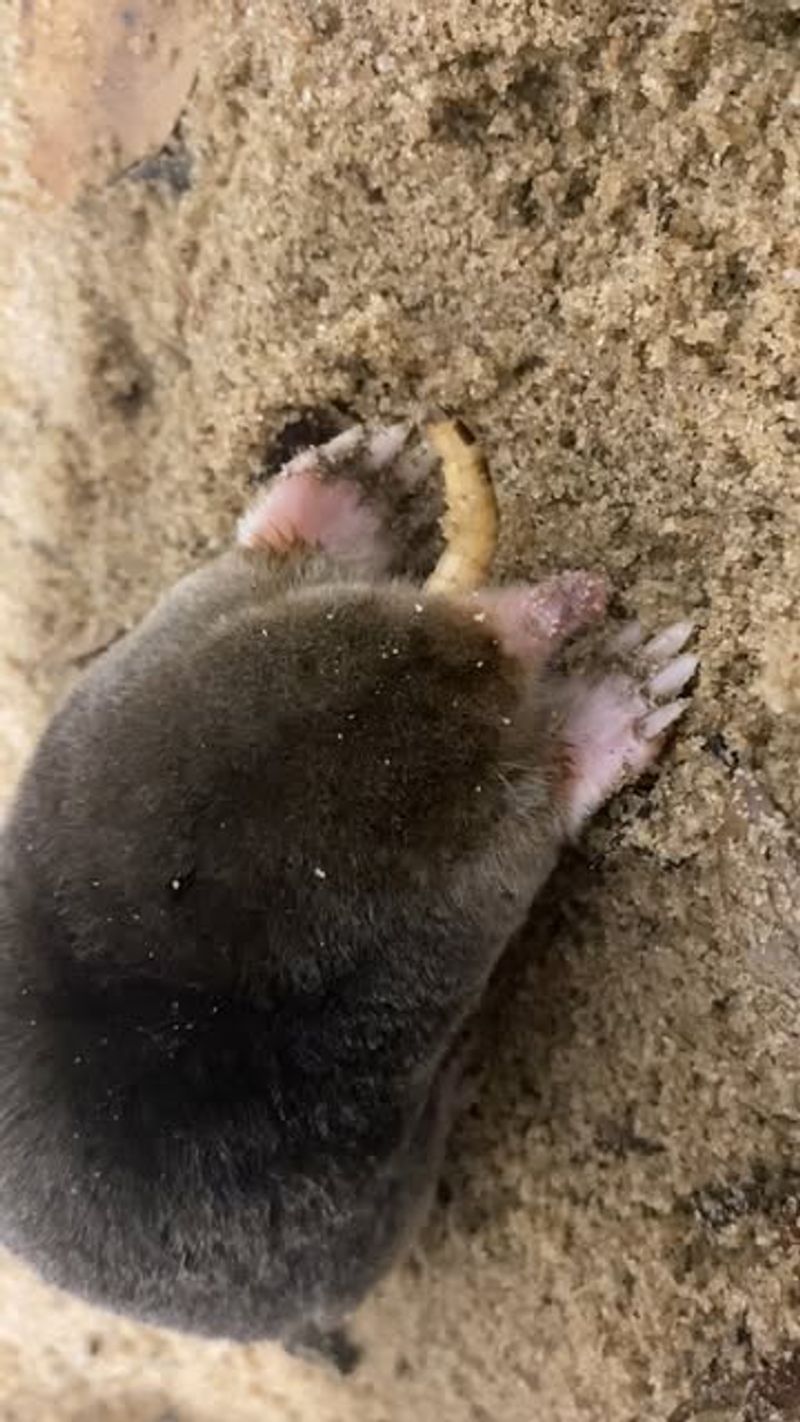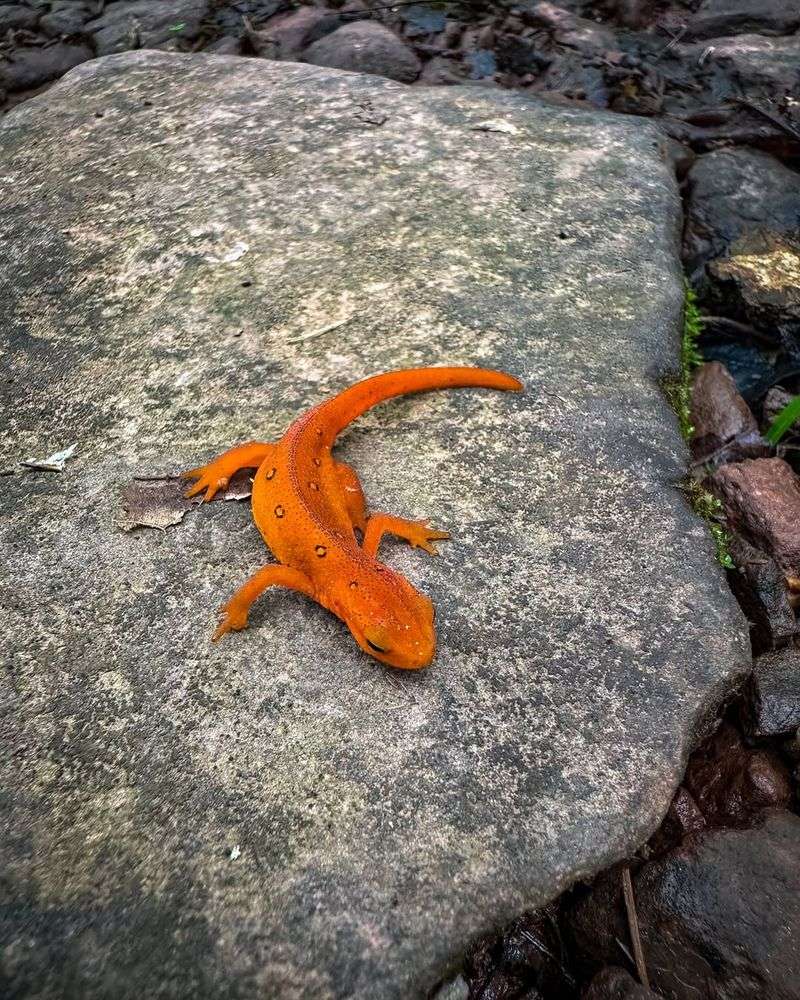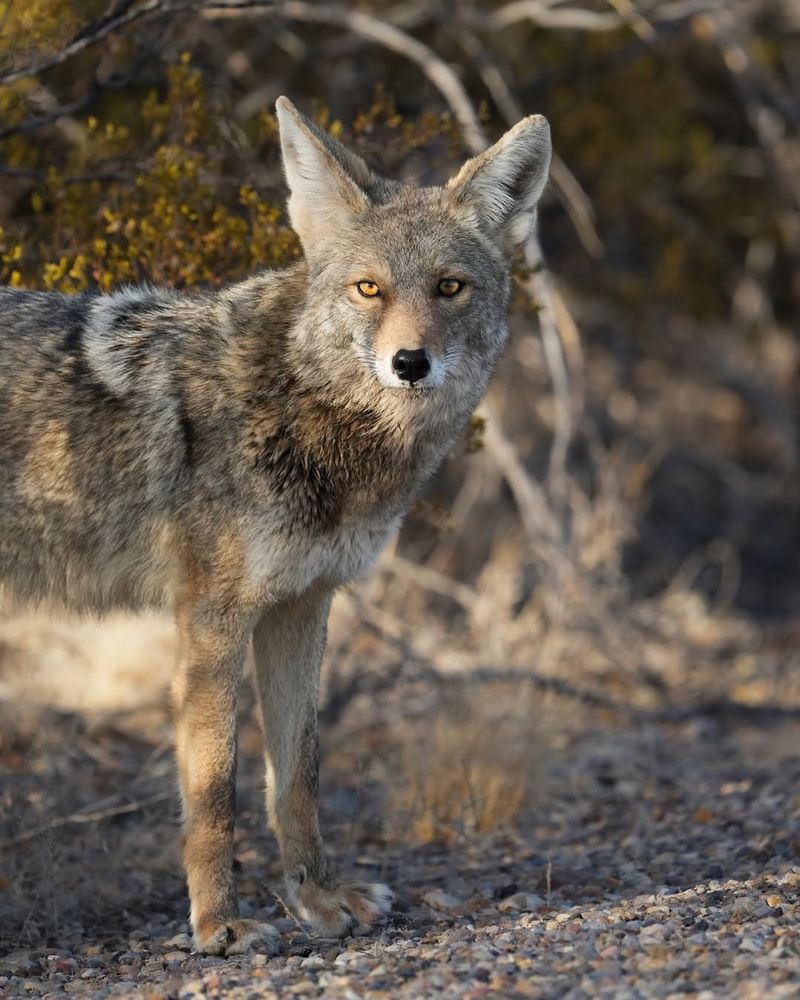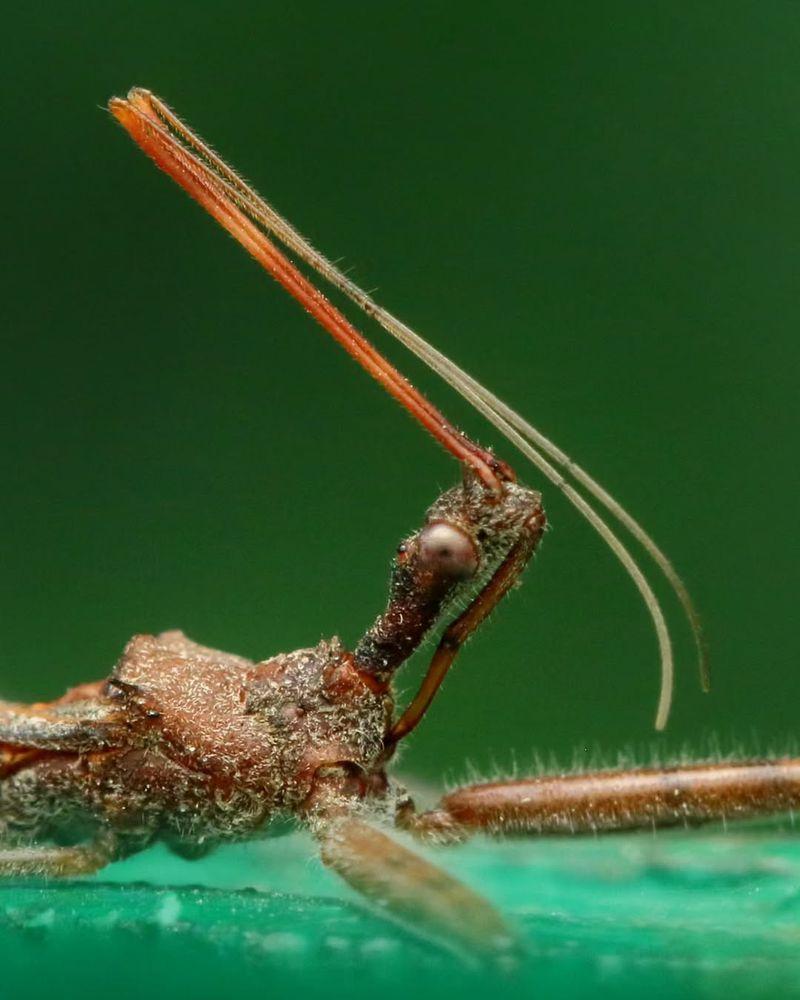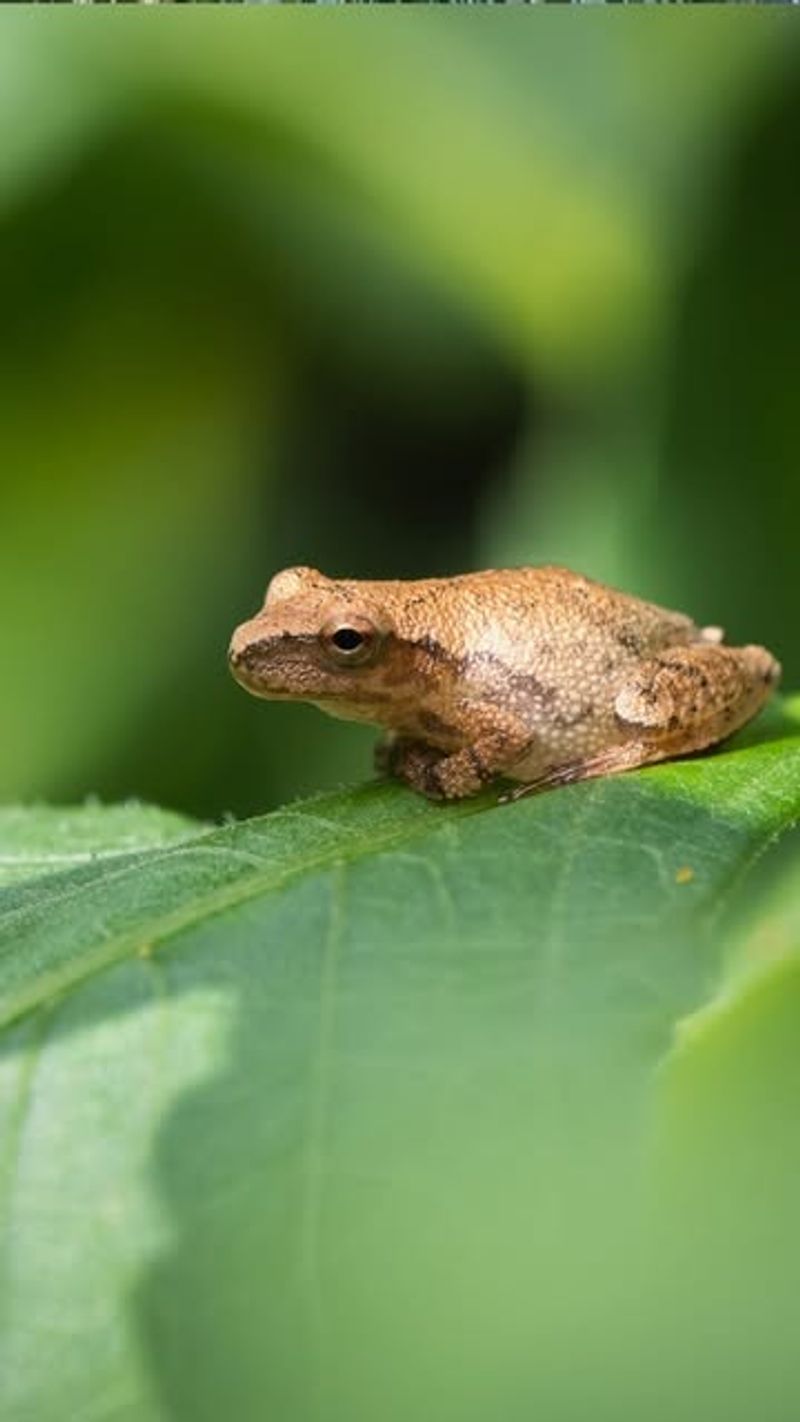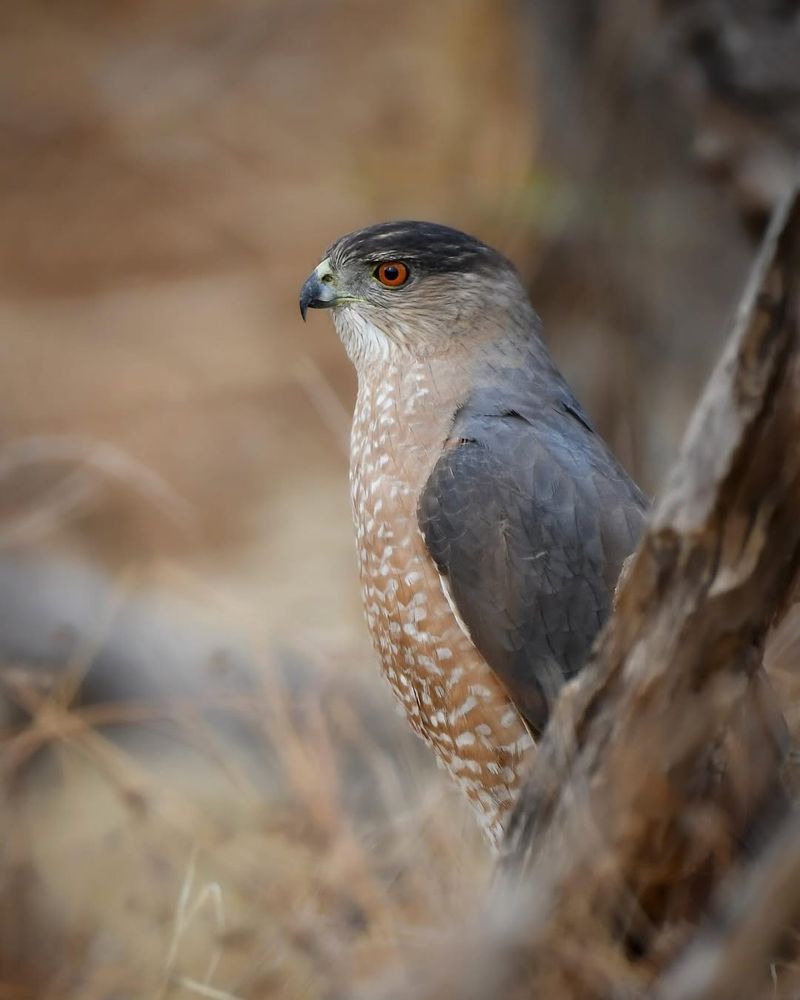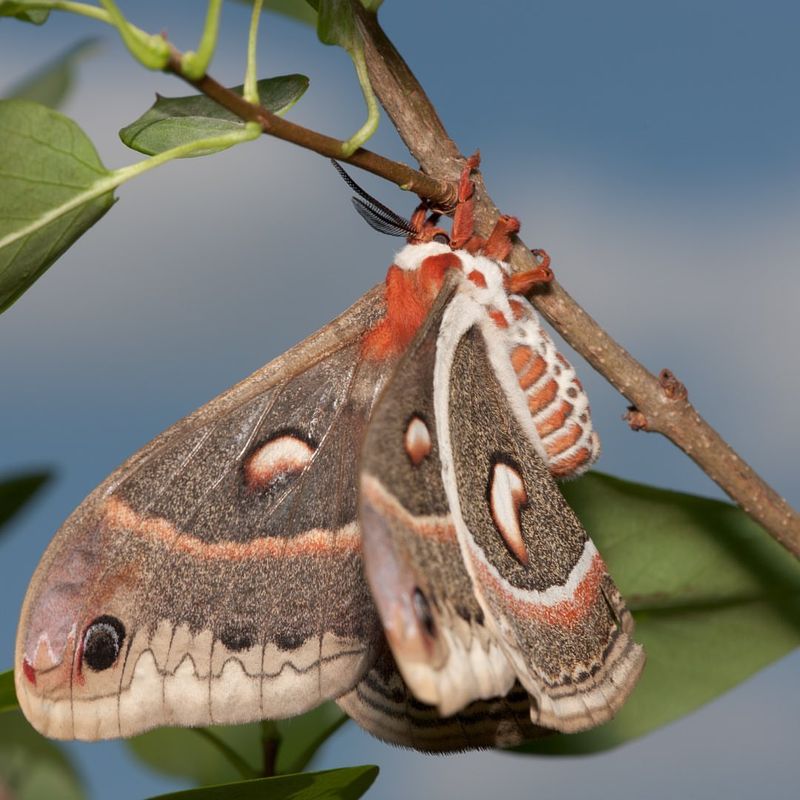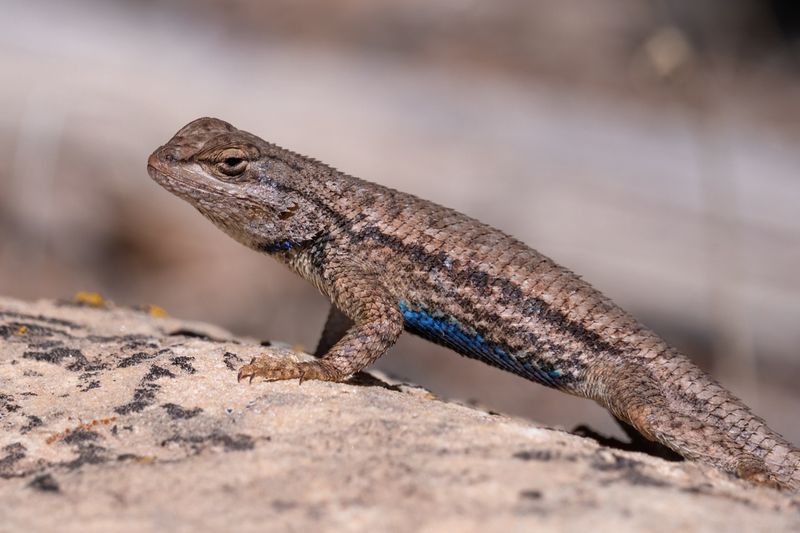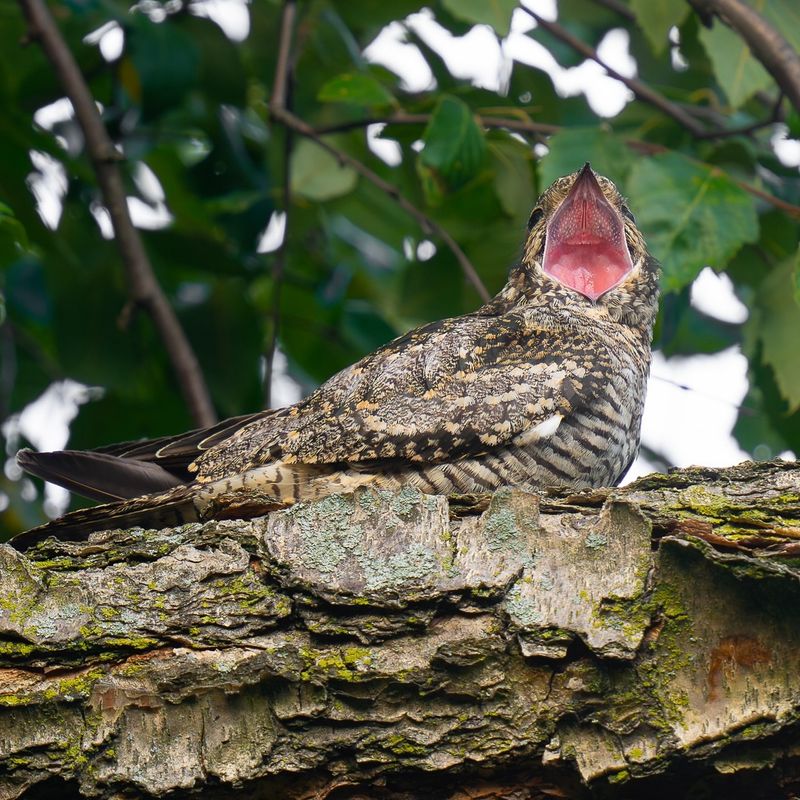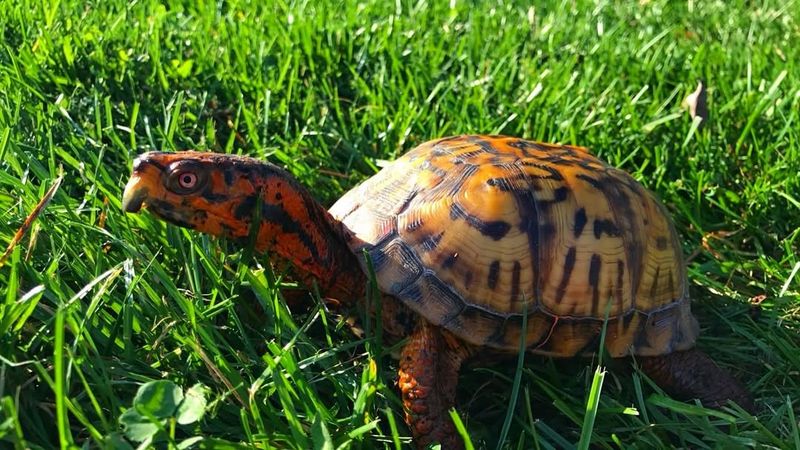Your backyard might be busier than you think—and not just with birds and squirrels. I’ve spotted a few surprise visitors over the years that made me do a double take.
From curious critters to nighttime wanderers, there’s a whole world quietly passing through. Some are helpful, some are just plain fascinating, and a few might be living closer than you ever imagined.
Let’s take a look at the unexpected guests who’ve been hanging out behind the scenes.
1. Luna Moths
These giant, pale green moths with spectacular long tails only live for about a week as adults. During their brief adult lives, they don’t even eat—they exist solely to mate!
Luna moths often rest on tree trunks during daylight hours, perfectly camouflaged against lichen or bark. Their caterpillars munch happily on walnut, hickory, and birch leaves in your yard.
2. Short-Tailed Shrews
Among the most voracious predators in your garden, these tiny mammals eat nearly their body weight daily in insects, worms, and small rodents. Their saliva contains a mild venom that helps paralyze prey!
Despite being common throughout North America, you rarely spot these velvet-furred creatures because they spend most of their time tunneling underground. Their high metabolism keeps them hunting constantly.
3. Jumping Spiders
Unlike their web-spinning cousins, these charismatic little hunters actively stalk their prey with impressive acrobatic leaps. Their exceptional vision—the best among all spiders—helps them calculate precise jumping distances.
Many species sport vivid colors and perform elaborate courtship dances. Far from being pests, jumping spiders help control mosquitoes, flies, and other unwanted insects in your garden beds.
4. Flying Squirrels
These nocturnal gliders might be living in your trees without you ever knowing it! They don’t actually fly but use a special membrane between their legs to soar up to 150 feet between trees.
Flying squirrels are highly social, often nesting in groups during winter for warmth. Their huge eyes and incredibly soft fur make them among the most adorable backyard residents you’ll rarely spot.
5. Screech Owls
Standing only 8-10 inches tall, these pint-sized predators might be nesting in your yard’s hollow trees or old woodpecker holes. Their eerie, trembling calls often get mistaken for the whinny of a horse!
Masters of camouflage, screech owls press their feathers tight against their bodies when threatened, resembling broken branches. They hunt primarily at night, controlling rodent populations around your home.
6. Five-Lined Skinks
Young skinks sport brilliant blue tails and five striking yellow stripes running down their bodies. The blue fades as they age, with adult males developing bright orange heads during breeding season.
These fast-moving lizards scurry around stone walls, wood piles, and tree trunks hunting insects. When grabbed by predators, their tails break off and continue wiggling—a clever distraction while they escape!
7. Opossum Families
North America’s only marsupial might look intimidating with its 50 teeth, but these gentle creatures are actually backyard superheroes. A single opossum can devour thousands of ticks each season, significantly reducing Lyme disease risk!
Their famous “playing dead” defense isn’t an act—it’s an involuntary response to extreme fear. Baby opossums ride on their mother’s back after outgrowing her pouch, creating an adorable backyard parade.
8. Sphinx Moths
Often mistaken for hummingbirds, these remarkable insects hover in front of flowers while feeding with their long proboscis. Their rapid wing movements create an audible hum as they visit your garden at dusk.
Their caterpillars, sometimes called hornworms, sport a distinctive spine on their rear end. Despite gardeners’ concerns about hornworms on tomatoes, most sphinx moth species are beneficial pollinators for night-blooming flowers.
9. Mole Networks
Those raised tunnels crisscrossing your lawn reveal an elaborate underground highway system built by these velvety diggers. Their specialized front paws work like shovels, allowing them to tunnel at an astonishing rate of 15-18 feet per hour!
Contrary to popular belief, moles don’t actually eat your plants. They’re hunting for grubs, earthworms, and insects while aerating your soil. Their sensitive snouts can detect prey even when it’s completely silent.
10. Red Efts
These brilliant orange-red salamanders with black-spotted skin are actually the teenage phase of the eastern newt. Young efts spend 2-7 years wandering through woodland areas and garden edges before returning to water as adults.
Their vibrant coloration warns predators of toxic skin secretions. After rainy days, you might spot these charismatic amphibians exploring damp areas of your yard, especially if you live near wooded areas.
11. Coyote Visitors
These adaptable canines have successfully colonized suburban areas across North America, often traveling through neighborhoods at night. Their distinctive yipping howls might echo through your area without you ever spotting the source.
Contrary to their reputation, coyotes are naturally shy around humans. They help control rodent populations and even eat fallen fruit. Motion-activated yard cameras often capture these elusive visitors when homeowners are fast asleep.
12. Assassin Bugs
These beneficial predatory insects sport a distinctive curved “beak” used to inject prey with digestive enzymes. They’re particularly fond of caterpillars, aphids, and other garden pests that damage your plants.
Some species camouflage themselves with dust or the carcasses of their victims! While they can deliver a painful bite if handled, assassin bugs generally avoid humans while providing excellent natural pest control throughout your garden.
13. Spring Peepers
Those deafening spring choruses come from frogs smaller than your thumb! These tiny amphibians produce calls reaching 90 decibels—as loud as a lawn mower—from nearby wetlands, woodland pools, or even large puddles.
Identified by the distinctive X-pattern on their backs, spring peepers can survive winter by essentially freezing solid. Their bodies produce a natural antifreeze that protects vital organs while they hibernate under leaf litter near your yard.
14. Cooper’s Hawks
These medium-sized raptors have adapted remarkably well to suburban environments, often hunting other birds around backyard feeders. Their slate-gray backs, rusty barred chests, and rounded tails distinguish them from similar species.
Known for their exceptional agility, Cooper’s hawks can pursue prey through dense foliage at high speeds. The dramatic increase in their populations demonstrates how some wildlife thrives alongside human development rather than retreating from it.
15. Cecropia Moths
North America’s largest native moths might be pupating on your property right now! With wingspans reaching over six inches, these gentle giants emerge in late spring from cocoons attached to tree branches.
Like luna moths, adult cecropias don’t feed at all. They live about two weeks focused solely on finding mates. Their caterpillars are equally impressive—bright green with blue, yellow, and red knobby protuberances along their substantial bodies.
16. Fence Lizards
Males of these common reptiles perform impressive push-up displays showing off their bright blue throat and belly patches to attract mates and intimidate rivals. They’re excellent climbers, often basking on fence posts, walls, or tree trunks.
Their textured scales and gray-brown coloration provide perfect camouflage against bark and stone. Research shows some populations have evolved longer legs and faster running speeds in areas where fire ants have invaded their habitat.
17. Nighthawks
These aerial insectivores swoop through evening skies with distinctive white patches visible on their pointed wings. Their booming calls and dramatic dives are often mistaken for bats as they feed on flying insects above your yard.
Some nighthawks nest on flat gravel rooftops in suburban areas, their mottled coloration perfectly camouflaging their bodies and eggs. Their enormous mouths can open wide to scoop up moths, mosquitoes, and other flying insects while in flight.
18. Box Turtles
These long-lived reptiles might visit your yard annually along established travel routes they’ve used for decades. Their high-domed shells can completely close up for protection, giving them their descriptive name.
Individual box turtles develop unique shell patterns and colors. Some can live over 100 years! They appreciate backyard compost piles for hunting worms and slugs, while also snacking on fallen berries, mushrooms, and flowers.



